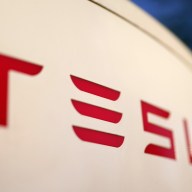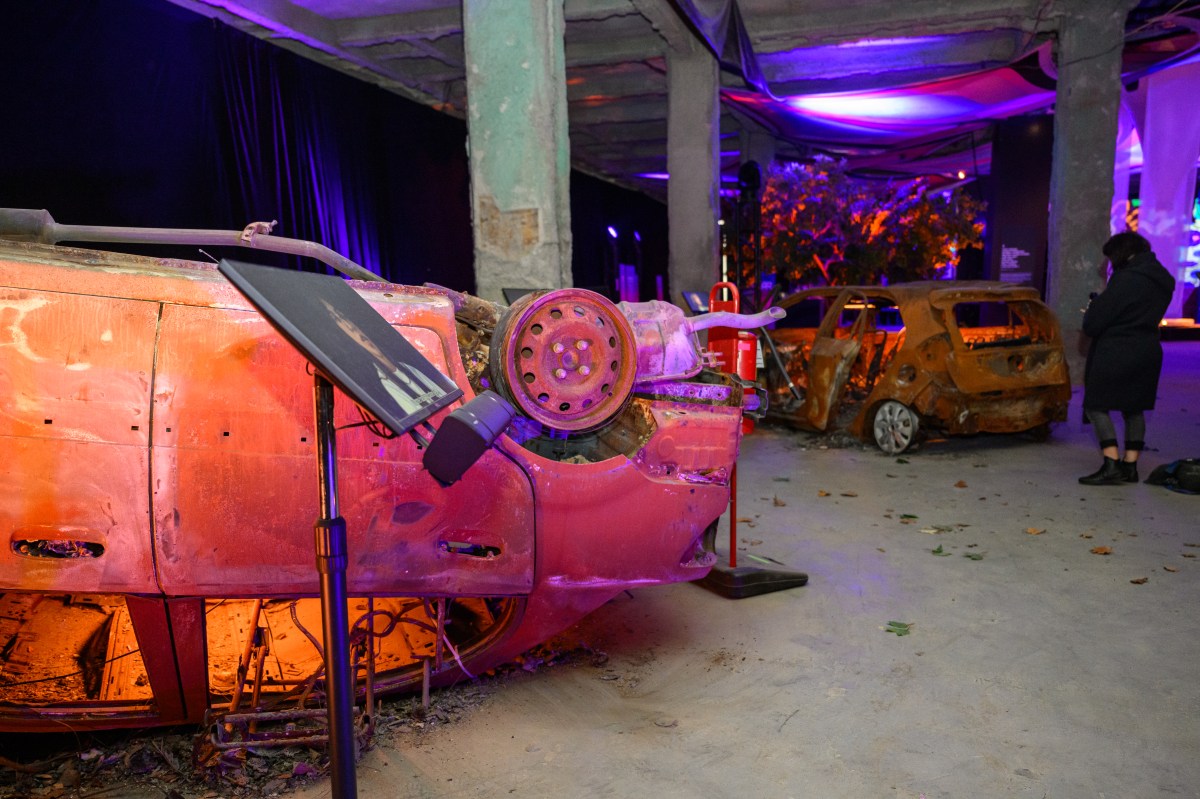Cars may be easy to operate, but they’re incredibly complex machines. As automakers make them more fuel-efficient and reduce their emissions, they must consider that complexity and how to make changes that will affect the whole vehicle.
Mazda is addressing the challenge with SKYACTIV, a multi-faceted approach that includes engine, transmission and body structure technologies. Rather than focusing on a single vehicle, SKYACTIV is a long term plan that will eventually benefit all the company’s models. The first improvements will roll out on the 2012 Mazda3.
“It’s our philosophy that we want our solution to benefit all Mazda customers, not just a sliver,” says Robert Davis, Mazda’s North American Operations Senior VP of R&D. “It’s a brand strategy, not a model strategy.”
The technologies include improved transmissions, lighter weight, lower-cost manufacturing, and engines that combine higher compression and direct gasoline injection to create the “perfect combustion moment” – getting maximum energy from the fuel with minimal waste.
It’s still important to focus on internal combustion engines (ICE) that use gasoline or diesel, even as automakers work toward electric vehicles.
“In the marketplace where we compete, 99.99 per cent (of vehicles) are sold with ICEs,” Davis says. “Even today’s hybrids all have ICEs. For us, the logical choice was to start there and work our way out.
SKYACTIV allows us to do this with gasoline and diesel, so whether it’s a Mazda2 or MX-5, it has the same environmental commitment, as opposed to a customer who has a hybrid and a pickup truck.”
A major challenge with technology is keeping it affordable, especially with weight, where Mazda’s goal is a net reduction of 100 kilograms over the previous model.
“Eighty per cent of the target is based on making it lighter and stronger, 12 per cent is based on changes to size, and eight per cent is based on the use of lightweight materials,” Davis says. “The bulk of the body structure changes are in design and not in materials. Remember, we sell cars in the mainstream. I would love to put carbon fibre roofs on our cars, but it’s not appropriate for us, our customers can’t afford that solution. We’ll get to the point where we have to use lightweight materials in the future, but like the ICE, we have to sharpen our pencils in other places before we go there.”
















